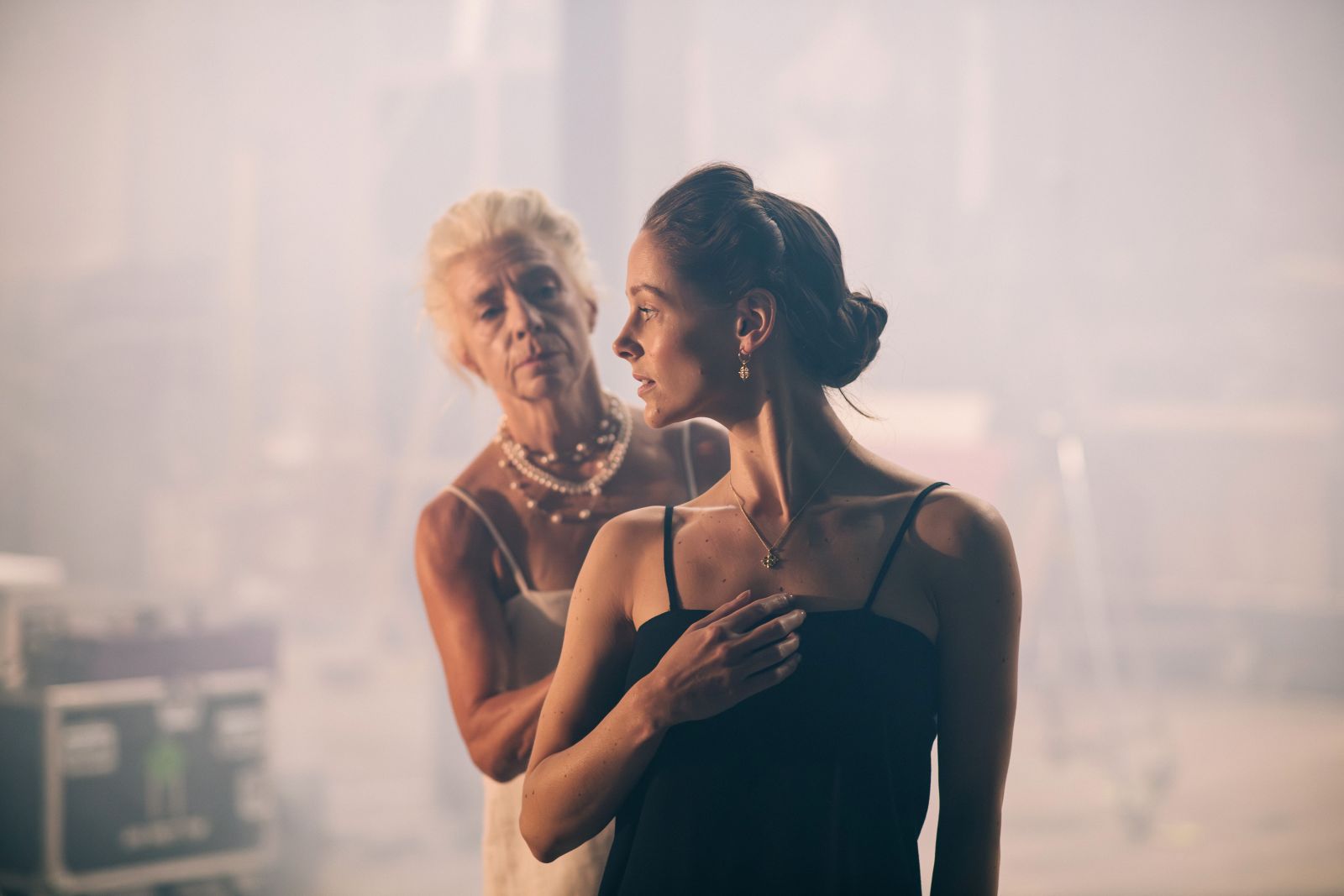James Bonas on Mary, Queen Of Scots: 'There’s a quality of nowness to her story'
Dancing letters, giant spiders and the fragility of power: Scottish Ballet’s Mary, Queen Of Scots is set to radically re-evaluate an iconic monarch. Lucy Ribchester caught up with choreographer Sophie Laplane and director James Bonas as the show’s world premiere looms into view

She’s been immortalised on film by Katharine Hepburn and Vanessa Redgrave, in theatre by Friedrich Schiller and Liz Lochhead, and on RuPaul’s Drag Race by Rosé. She even had a Six-style musical dedicated to her at last year’s Fringe. And let’s not forget the gruesome playground rhyme involving chopping a daisy’s head off that most Scottish kids learn before they even know what a queen is.
‘She crops up a lot, does Mary,’ says James Bonas, director and one half of the creative duo helming Scottish Ballet’s new production, Mary, Queen Of Scots, alongside choreographer Sophie Laplane. Having a background in opera and theatre, Bonas has come across many stage incarnations of Mary, but believes her story is nonetheless worth revisiting. ‘There’s always a quality of nowness to it,’ he says, ‘in its political terms, to do with Scottish identity and Scottish storytelling, and in her role as a woman.’
This isn’t the first time Scottish Ballet have narrated Mary’s life through dance: the company produced a 1976 version, choreographed by Peter Darrell. But this time the team were clear they wanted to create something fresh. ‘What was really important for us was not to tell a historical ballet,’ says Laplane. Instead they decided to look at Mary’s life through the eyes of the 16th century’s other famous queen, Elizabeth.
‘It’s Elizabeth’s final hours, the final day before she dies,’ Laplane says. ‘And it’s really her remembering her guilt towards Mary. It’s a story about two women in power, and could they not have been able to co-exist together?’
It is well-documented that the two women never actually met, but this offered Laplane imaginative freedom. ‘That gave us liberty for Elizabeth to imagine Mary in so many different ways,’ she says. Laplane was keen to break some of the more commonly ingrained portrayals of both queens. ‘When you watch a lot of films, very often those two women are quite stereotyped. You’ve got Elizabeth who’s uptight, the virgin, the frustrated, pampered queen; and then you’ve got Mary, who’s very often pictured much more free, with loose hair, running in the field. We wanted something more complex.’ The team consulted Dr Anna Groundwater from the National Museum Of Scotland. ‘She told us that Mary was many different things,’ says Laplane. Child bride of the French Dauphin, widow at 18, renaissance queen. ‘What was really interesting was exploring those big moments that marked her.’
One of their solutions to challenging stereotypes of Elizabeth is to show her as an older woman, casting Charlotta Öfverholm, a Swedish dancer who champions mature performers through her company Age On Stage. ‘We’re so used to seeing Elizabeth as being tough,’ says Laplane. ‘I think seeing someone more fragile is really interesting.’
For Bonas, whose past work with Scottish Ballet includes 2019’s groundbreaking version of The Crucible, exploring perceptions of Mary through the eyes of her dying cousin ‘at a moment when her memory is fragmenting,’ led him towards surreal and creative imagery. ‘What’s hitting Elizabeth is these different images of this woman,’ he says. Some of these visions are macabre and monstrous; in one, Mary appears to morph into a black widow spider, devouring her husband, Lord Darnley. ‘Maybe to Elizabeth, that’s how it felt,’ Bonas says. ‘Mary is a kind of monstrous man-eating woman up there in Scotland, and her cousin has been eaten.’
Other visual set-pieces become metaphors for political paranoia or the suffocating patriarchy of the renaissance court. ‘That’s what dance and theatre can explore really well,’ Bonas says. ‘For show-and-tell, I’d rather go to the museum and look at the objects, or watch a movie where you can see the Highland glens and the reconstruction of Elizabethan London. We were kind of like, well, dance can really explore feeling.’
As an artist, Bonas consciously decided to let go of the rigid historical details of his research and allow his imagination to roam, an approach Laplane also applied to the choreography. ‘There are some elements, especially for the renaissance French court where I felt like I wanted to inject that into the material,’ she notes. ‘But afterwards I just kind of stuck to my own language.’ Channelling the movement of the piece through imagination, she says, ‘really allows me to be playful, surprising and a bit unexpected.’
Though it’s no spoiler to say there’s not a happy ending, something that did surprise both creators was the intimacy in the letters which Mary and Elizabeth exchanged. ‘We have a scene where the two queens are there, but not physically in the same space,’ says Bonas. ‘Two versions of themselves meet as the letters to dance a very intimate duet. The two queens can’t see each other or touch. But in the letters there’s this soft, female exploration of intimacy and connection.’
Mary, Queen Of Scots, Festival Theatre, 15–17 August, times vary; main picture: Mihaela Bodlovic.